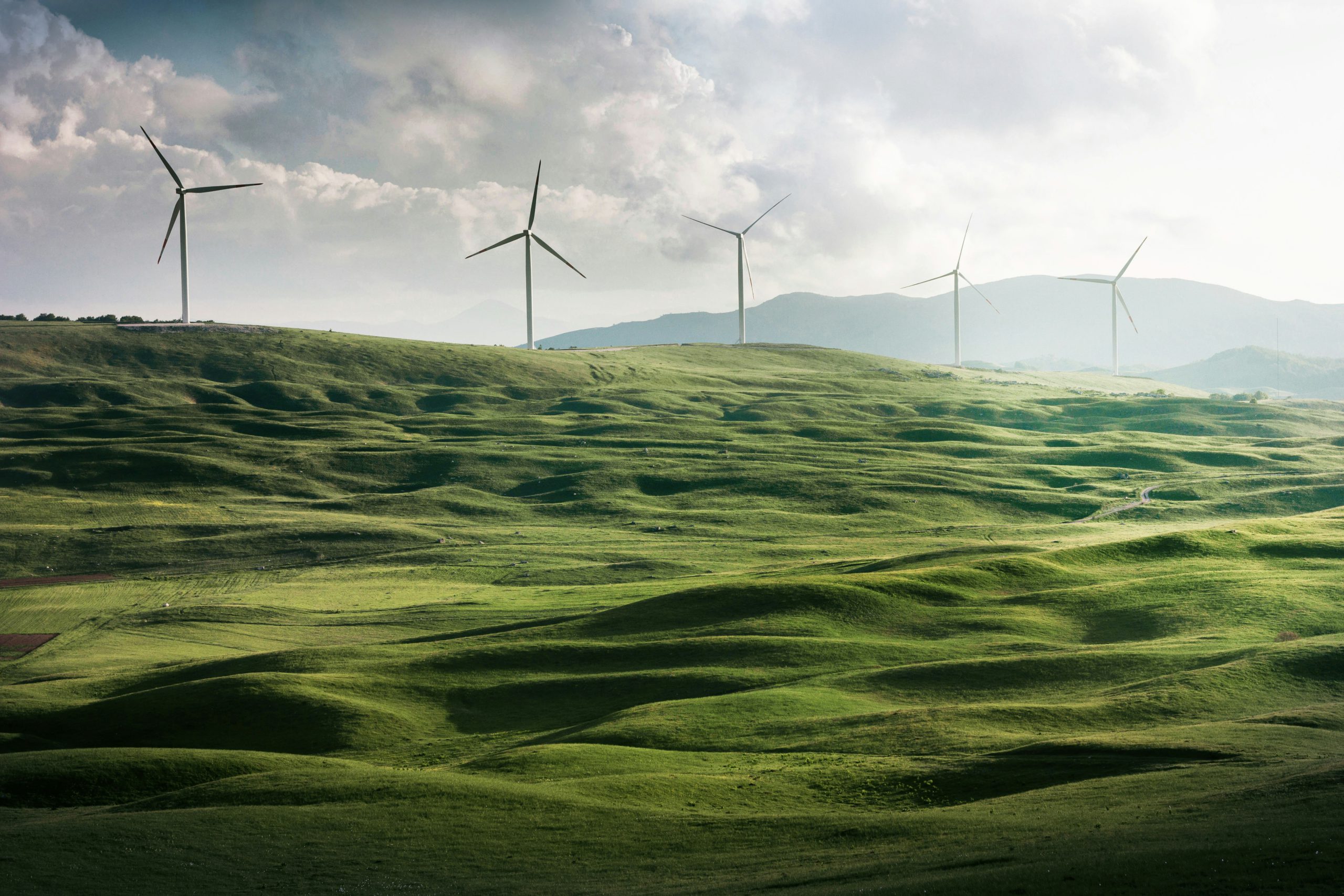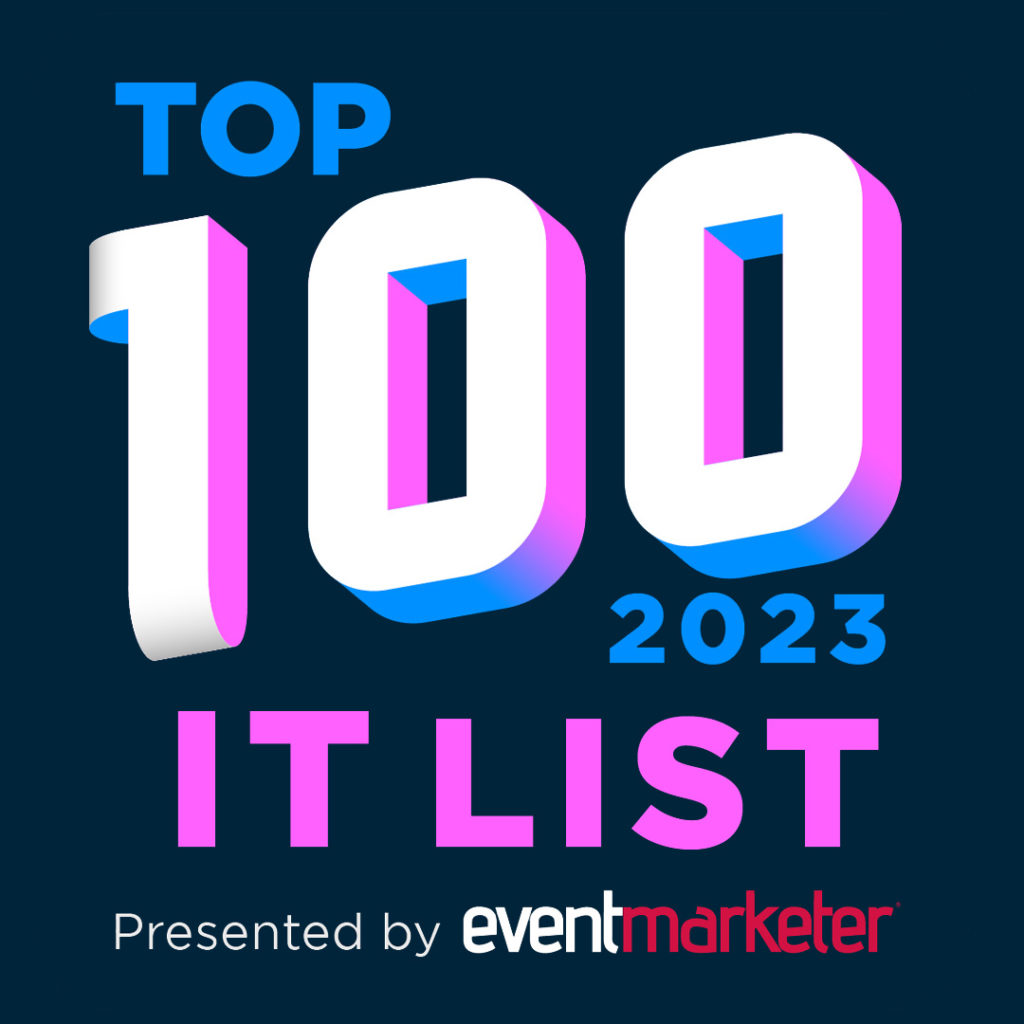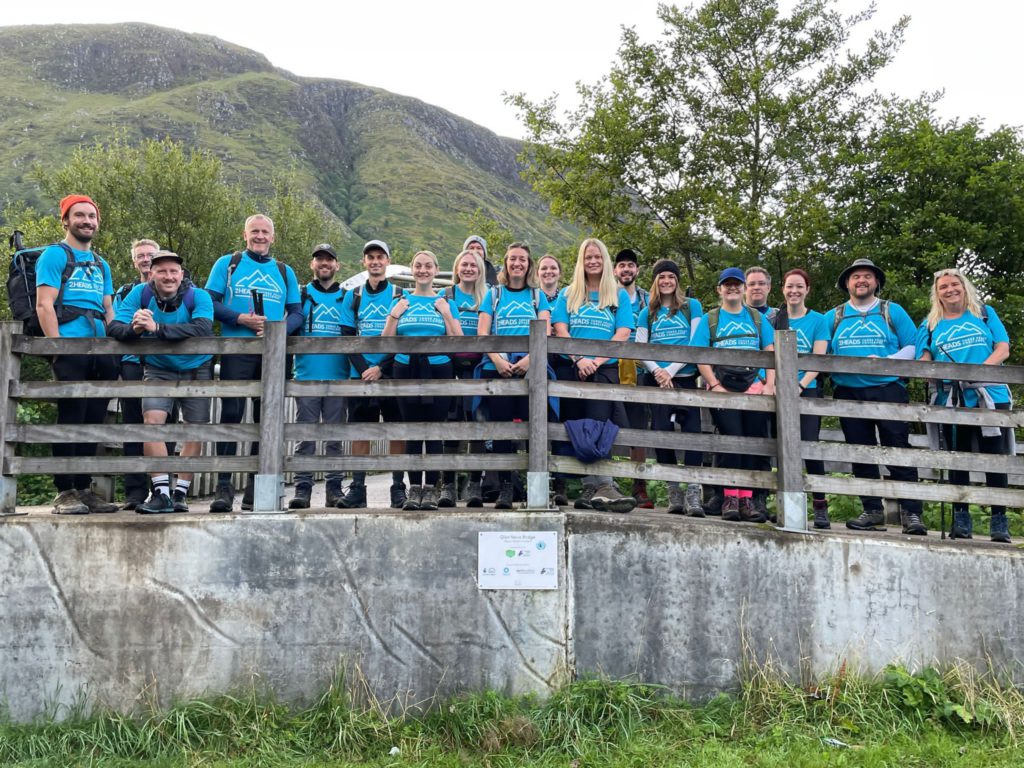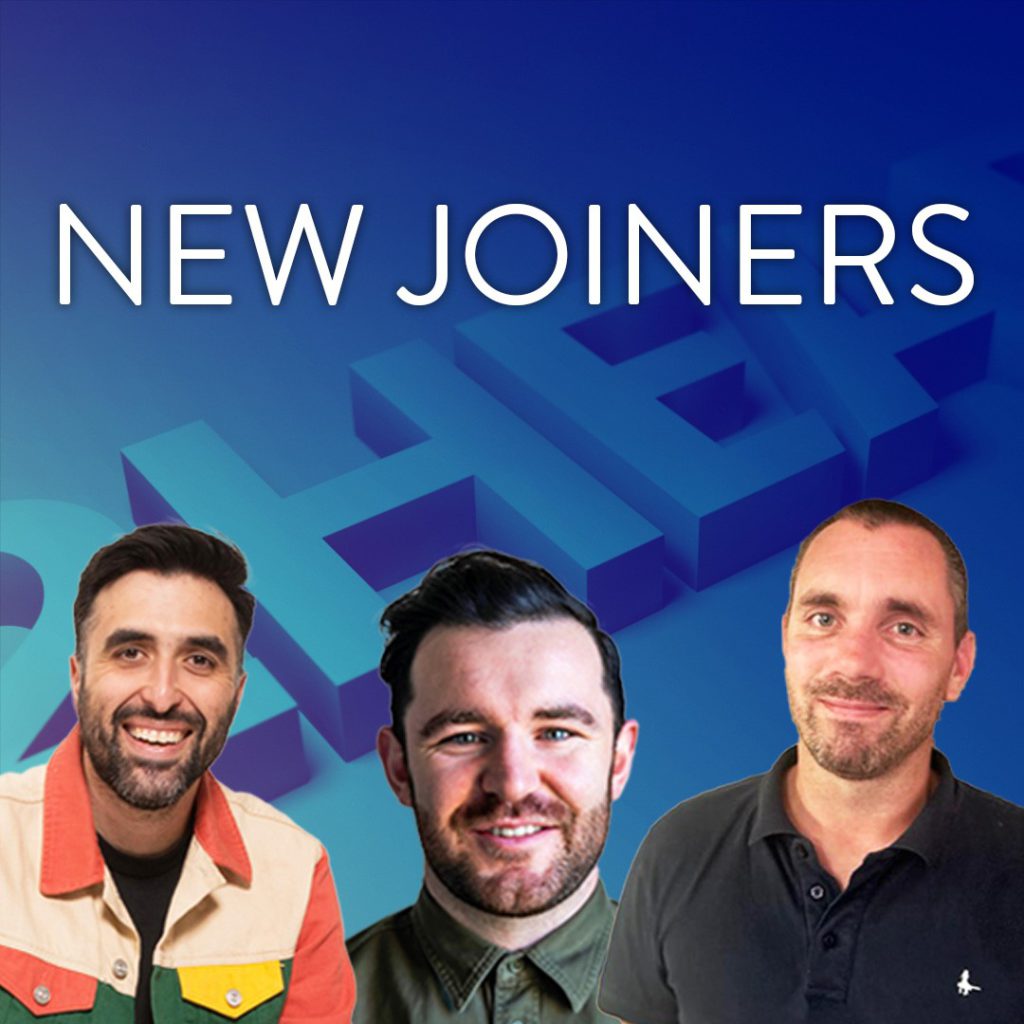Environmental Sustainability – Onboarding

James Simpkins, Global CGO, talks from personal experience about the challenge of onboarding a team on the sustainability journey and how his learnings can help others with this important task.
“It feels like we’ve already been on our sustainability journey for an eternity. Have we made progress, yes. Could we be doing more, absolutely. Is the pace of progress frustrating, yes of course it is!
I tell myself, and I know I must keep encouraging those around me to step out of their comfort zone, not to fear the change and to push the boundaries. There is a true opportunity to learn from implementing sustainable working and design practices. It teaches people to deal with the challenges and problems they face daily. It helps people to acquire new skills and before too long, makes it a natural extension of their expertise.
In my opinion however, it really does require the collaboration of all parties to measure and improve the environmental impact of experiential events. It works so much better when you have clients and stakeholders that are truly passionate about making positive change. This usually is driven by their personal beliefs and backed by their brands corporate policies. But of course, not everybody is in the same place and is operating at the same pace. As an agency, we believe we can help drive the change and support our clients on their journey but of course, we need people to be willing and able to help us, help them, make it happen.
What do we do to create momentum within the agency? It is easy to put a document out, load them up to the Intranet, brief teams in focused sessions and think that’s it. Repetition of course serves as a brilliant reminder of what best practice looks like, but as a growing agency, we’ve a duty to ensure the newest members of our team have the foundations to contribute and add value at the earliest opportunity.
As part of new team member’s onboarding programme, we hold an initial focused session on environmental sustainability, rather than attempting to also address financial and social sustainability. These highly important and interlinked elements form part of our wider agency strategy and stakeholder reporting but are also addressed in our vision and values. We’ve found, even though sessions are narrowed down, there’s still a lot to take on board. We start by sharing stories of where sustainable strategies have been implemented, if they were successful, or not, and what the outcomes and learnings were.
Owing to the diverse experience of new team members, brilliant stories are shared, and they help us all carry new perspectives. One example, told of an experience working at a much sought after events and wedding venue. The venue deployed a strategy not to cut the grass in the grounds of the venue with the right intention of improving the ecosystem and protecting the wildlife. However, the bridal parties that arrived for their big day were surprised that the venue they’d bought into, now had grounds resembling a scruffy recreational park. The venue got the ‘why’ part right, but missed the ‘what and how.’ We agreed the venue could’ve invested in a wildflower meadow which would be amazing on the eye, fabulous in photos and would improve the ecosystem a step further. Learnings often lead to the same conclusion, doing the minimum for the right reasons doesn’t always deliver a satisfying result and happy customers. Stretching beyond this is important.
Having broken the ice, but not melted it, we cover the agencies Sustainability Commitment and how we all need to play our part in making proactive change happen. Our approach guides us in the way we do business and how the decisions we take today contribute to a better tomorrow. Through transparency, training, and robust measurement tools, we can assess and improve our impact at a project and business level. We then frame our net zero goals, discuss how actioning small things can make a significant difference. This includes reducing reusing and recycling waste, reducing carbon footprint, utilising green power sources, mindful travel, greener offices and supporting our local communities.
As a creative agency it’s natural that we will focus in on biophilic design where appropriate and the use of sustainable materials. Our teams have worked hard to research, discover, and catalogue a huge range of sustainable materials to inform and fuel our Sustainable Event Design Approach. Based on the circular economy framework and using the principles of eliminating waste and pollution from the outset, we share how we keep products and materials in use and recycle wherever we can. By minimising material use and selecting materials with a lower or even beneficial impact on the environment, we can create better solutions for clients and more importantly the planet.
To conclude the initial onboarding session, we work through our Sustainability Measurement Charter. We review how utilising measurement tools to record and report the carbon impact of our projects enables us to make informed choices and better decisions with our clients. We also discuss why increasing levels of measurement data in a uniform and consistent manner is of vital importance. With this, we can work from a consistent baseline and seek to reduce the impact of our work from project to project. We offer Sustainability Measurement Reporting to all our clients, on all our projects because we know it works better when you have clients and stakeholders that are truly passionate about making positive change.
Our agency teams are ready and are serious on sustainability, are you?
To see sustainability work in award-winning fashion, check out our work with the De Beers Group.


